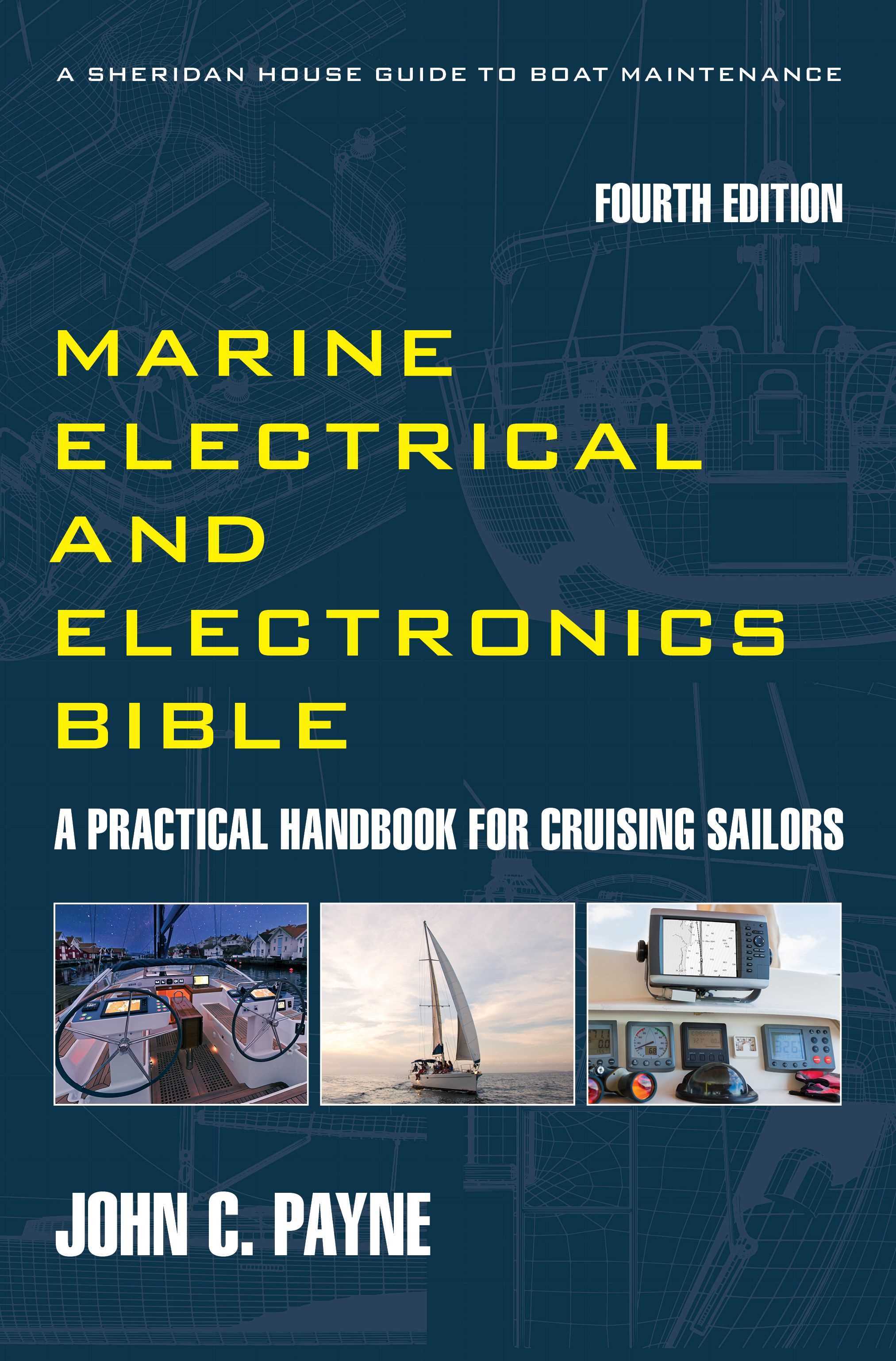Electric Anchor Winch Terminations
Electric anchor winches often have problems. Poor or substandard terminations and connections are a common cause of electric anchor winch failures, mainly those located at the motor end and the control circuits. All main power connections should be made with heavy-duty crimped connectors. Do not solder the connections as dry, high resistance joints are commonplace and solder has been known to melt under maximum load conditions. Soldered joints also stiffen up the cables causing fatigue. I also use a bit of heat shrink insulation tubing over the entire crimp connector barrel to reduce water ingress. Always try and allow extra cable and loop below the motor, it is easier to connect and disconnect and moisture or water tends to travel down to the loop bottom.
Always make sure that the terminal lug hole is a neat fit to the solenoid and motor terminals to ensure maximum contact and minimal resistance. Use a spring washer under the terminal nuts to prevent loosening and subsequent heating and damage under load. Coat the battery terminals with a light coating of petroleum jelly for corrosion protection.
The 4th Edition of the Marine Electrical Electronics Bible Get your copy and start becoming self sufficient and save money on expensive technician callouts.
Electric Anchor Winch Control
Install an electric anchor windlass. Another common failure point is the control system. In some simple systems a foot switch is connected directly in the positive power supply cable to the motor. Foot switches, especially the cheap ones, are notorious for filling with water, and in this case either a partial short circuit develops, or the main contacts and return spring corrodes.
Short circuits can result in a brief uncontrolled operation of the motor and a severely burnt out switch, so always isolate the circuit when not it is not in use. This is an essential check point on a boat that has been sitting a long time. In a single direction solenoid operated system the foot switch in a control circuit is used to operate a heavy-duty solenoid located below decks, which closes the main power supply to the motor.
Electric anchor winch coontrols
The same arrangements are used for reversible systems, where a control box consisting of two or four solenoids which are used for reversal of the motor for both hoist and lower. These systems use two foot switches, and some systems also have remote panels for control. Never operate both foot switches together, and many manufacturers specify only the hoist foot control be fitted, with some incorporating protection.
Some boats have a pneumatic deck foot switch to overcome the problems of electric ones. These units consist of a PVC tube from the switch to the control solenoid box, and air pressure from the switch operates a micro-switch. There have been several instances of spontaneous start up or shut off failures in extreme heat conditions, in one case causing serious injuries. The problems are caused by pressure build-up in the air system in high heat conditions. Manufacturers have eliminated this problem over the years.
Earlier units were the most prone to the problems and major suppliers have already incorporated a safety air bleed to avoid the problem. There are correct depressurizing procedures when installing switches, so follow them carefully. Chain counters and controllers are now commonplace and some have controllers that enable programmed anchor control for precise rode lengths in or out, and automatic slow down when approaching the stem-head fitting. The display also shows the actual chain paid out. The system connects to the solenoid control system for directional commands, and has a simple power input. Like all control systems the connections must be secure. More electric anchor winch advice and more about anchor handling.